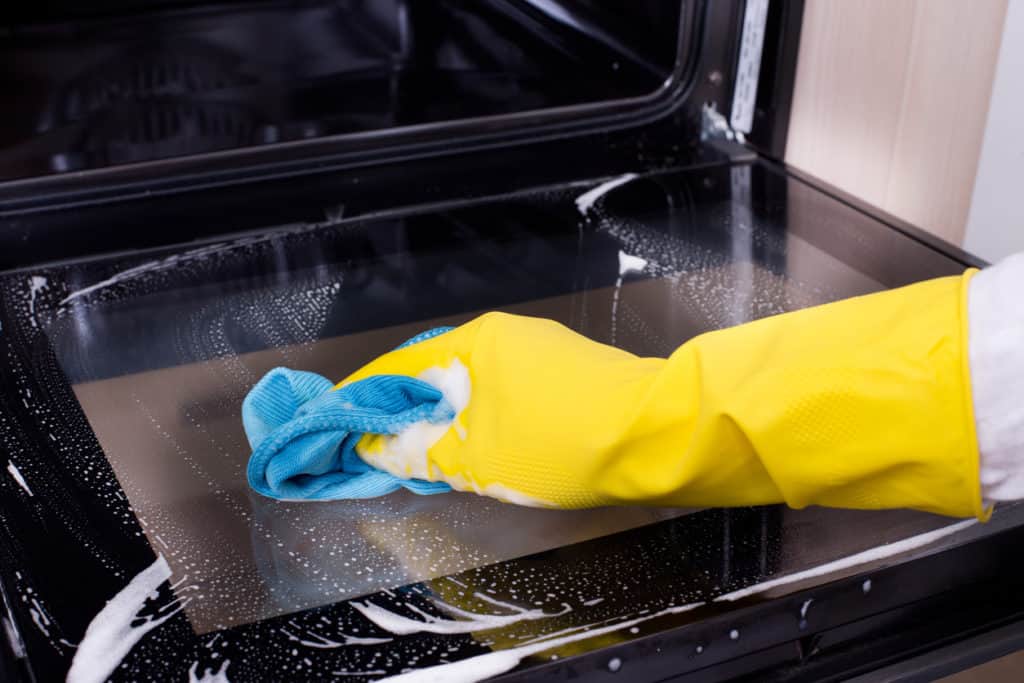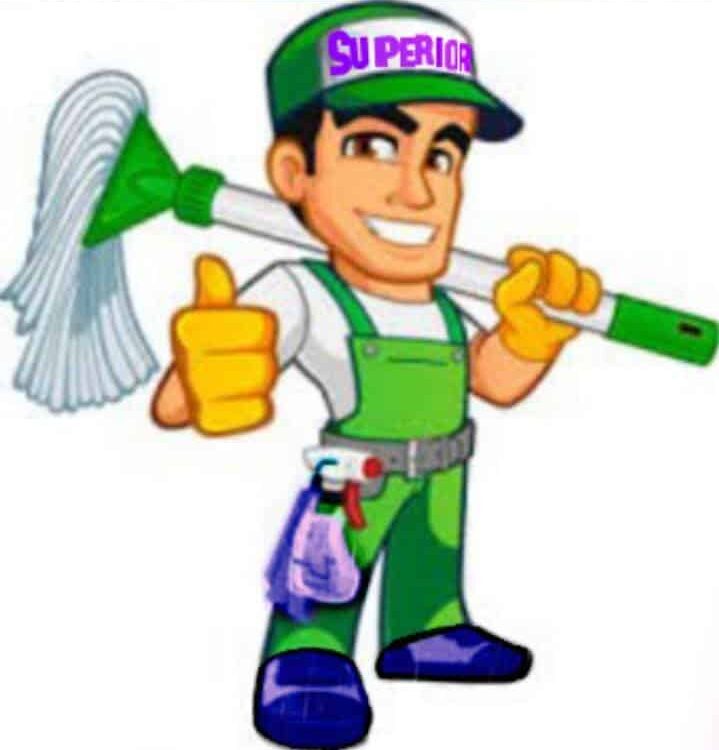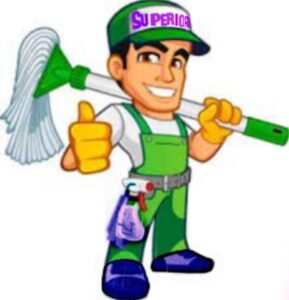October 22, 2021

By Rob Lebeck, Owner
5: Flour
If the grease spill is a recent “oops” and the mess is still liquid, it’s easier to clean it up immediately rather than wait until it becomes a sticky problem. To make sure you get all the grease up, sprinkle flour over the spill. The flour will absorb the grease and you can easily wipe it up. Just make sure it’s cool before you touch it! This works great for a mess that hasn’t dried yet. But if the grease has already started to get sticky and hard, try the next method on our list.
Baking soda’s a great all-purpose cleaning solution for lots of things around the house. Mixed with water you can use it to remove tarnish from copper, juice and coffee stains from countertops, discoloration on stainless steel and, you guessed it, hard-to-remove grease. Baking soda is an alkali, which means it does a great job of dissolving grease. And because it’s mild, it destroys grease without destroying your hands or the surfaces you’re cleaning. Just mix 3 tablespoons of baking soda with 1 cup of water. Use the solution on a sponge to scrub away light grease stains from hard surfaces, like countertops, linoleum, the stovetop and even pots and pans.
Sure, when grease splatters it might hit the counter, the walls, the cabinets and sometimes even the ceiling, but don’t forget that someone had to be around to make all that mess! And that person in the line of fire is likely to have gotten some grease on their clothes. So how to get that out?
For soft surfaces, like clothing or table linens, squirt a little bit of dish soap directly onto the stain. Let the soap soak in for about half an hour before running the linens through the wash on cold. Soaps are meant to attach to grease and fat molecules and help wash them away, and dish soaps are some of the strongest grease-fighters around. Used on clothes and other linens, kitchen soap does a great job of releasing the grease from the fabric.
. For unwashable fabrics, like rugs, chair cushions and carpets, mix 1 part salt with 4 parts rubbing alcohol. Use a cloth to rub the solution hard into the stain until it lifts away. After the grease is gone and your solution dries, vacuum up the excess salt and use a damp cloth to wipe away any salt marks left behind.
For tough, caked-on grease stains like those you find hardened to the stove and the inside of the oven, spray vinegar directly on the stain and let it soak in for about five minutes. The acidic vinegar will help dissolve and soften the tough, crunchy part (mostly a food-grease mixture), making it easier to scrub away with a soft sponge.
Vinegar doesn’t cut grease by itself the way alkali materials do, but it can help soften up the mess and make the grease-cleaning process much easier. For the best results, apply the vinegar when the surface is hot — so if it’s a cooking tool like a pot or a broiling pan apply the vinegar just after you’ve used it or reheated it.
Vinegar can also be used as a preventative grease fighter for your pots and pans. Just boil 2 cups of vinegar in your pan for 10 minutes and it will help keep grease from sticking for several months.



